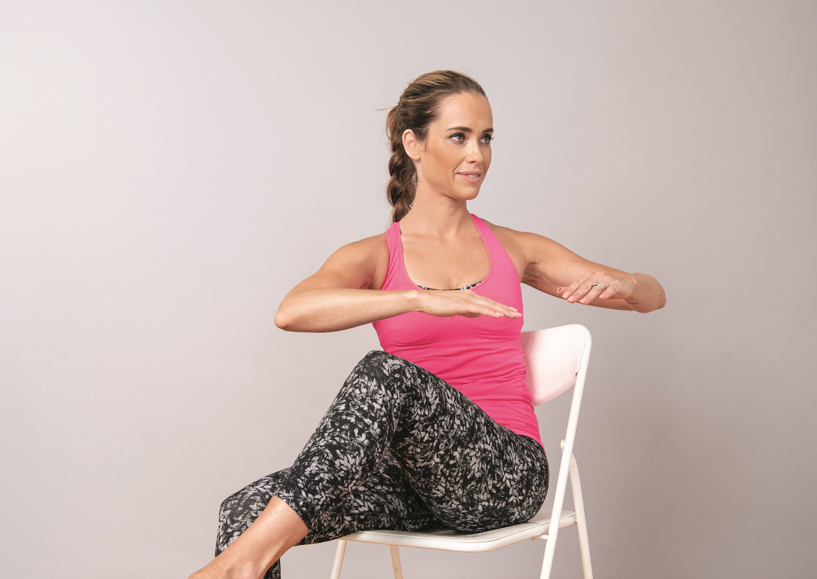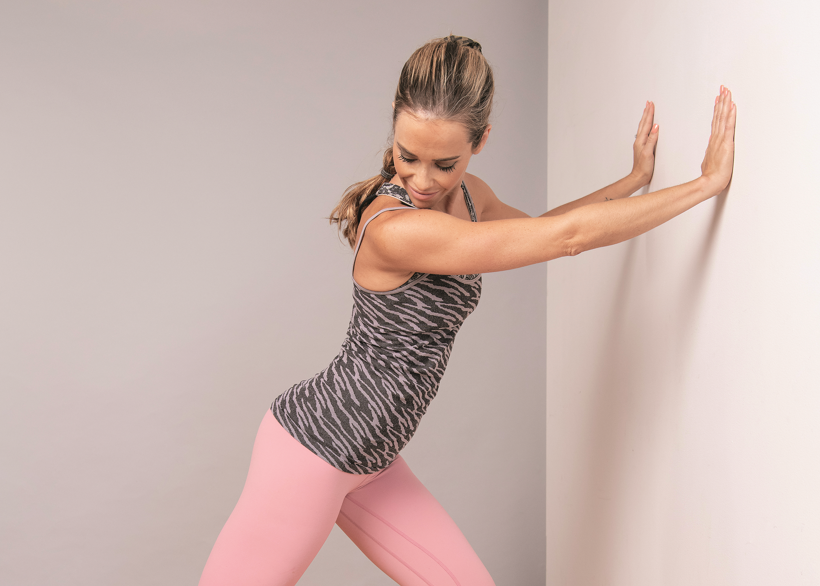Your parents were doing you a favour when they reminded you to stand up straight
By Katrina Caruso
Years of poor posture can be a direct cause of back pain, as well as of problems relating to nerves and blood vessels, muscles, and joints. And given that so many of us use computers, tablets, and smartphones every day, our bodies are curving forward more than ever, putting a lot of pressure on the wrong areas of the body.
As a first step to correcting posture problems, it’s important to figure out what’s wrong. An appointment with a physiotherapist or an osteopath can help—he or she can look at how your body moves and spot where the problem is and how you can fix it. If you’re not experiencing pain, you can simply observe how you walk or sit, or ask a friend or your spouse to take a video of how you walk, to better see the way your body moves.
From there, you can start to figure out how to correct your personal posture issues.
When seated
If you have a desk job, you might notice that over the course of the day, you start to hunch forward towards your computer screen. When seated, you should work towards getting your lower back supported (depending on the type of seat, this typically means sitting all the way back into the chair) and straighten up from there, making sure your shoulders are over your hips, and your head is over your shoulders—as if there were a thread pulling your head up towards the ceiling. Make sure your feet are firmly on the ground.
If this seems difficult, it might be worth looking into ways that you can make your workspace more ergonomic—especially the chair.
When standing
As when you’re sitting, imagine a thread pulling your head up to the ceiling or the sky when you stand (without tilting your hips and buttocks backwards—this puts a lot of pressure on the lower back) without bringing your chin up in the process. Relax your shoulders down and backwards. If possible, try to engage your core: this will protect your lower back and help to strengthen your abdominal muscles.
To begin with, you can stand against a wall normally and then try to get every part of your back and head (except your neck) to touch the wall. This will show you how far off you are.
When sleeping
Sleeping on your back is the best way to help your posture because it helps the spinal cord to be fully supported; a firm mattress can best support your body. You can place pillows under your knees if you have lower-back pain. If your mattress is very old, it might be time for a new one (you can review our guide to mattress shopping to learn what to look for). Finally, a flatter, firmer pillow is general better for back sleepers, but if you sleep on your side, you should have a fluffier, larger pillow to support the neck properly.
When moving
Once you’ve addressed sitting, standing, and sleeping, it’s time to address the most important area—exercise. This is where you’ll see the most results the soonest, and it will affect the way you sit, stand, and sleep. If you live a very sedentary life, it’s time to get moving! Start off slowly—take a 15- to 30-minute walk each day. Then you can move on to the gym, where you should be focussing on stretching and building a little bit of strength in your back, chest (this will especially help those who hunch forward), and abdominal muscles (this will especially help those with lower back issues).
If you’d like to learn some exercises to help you to improve your posture, this video offers a good introduction on seated stretches.
Photo: iStock/PeopleImages.





